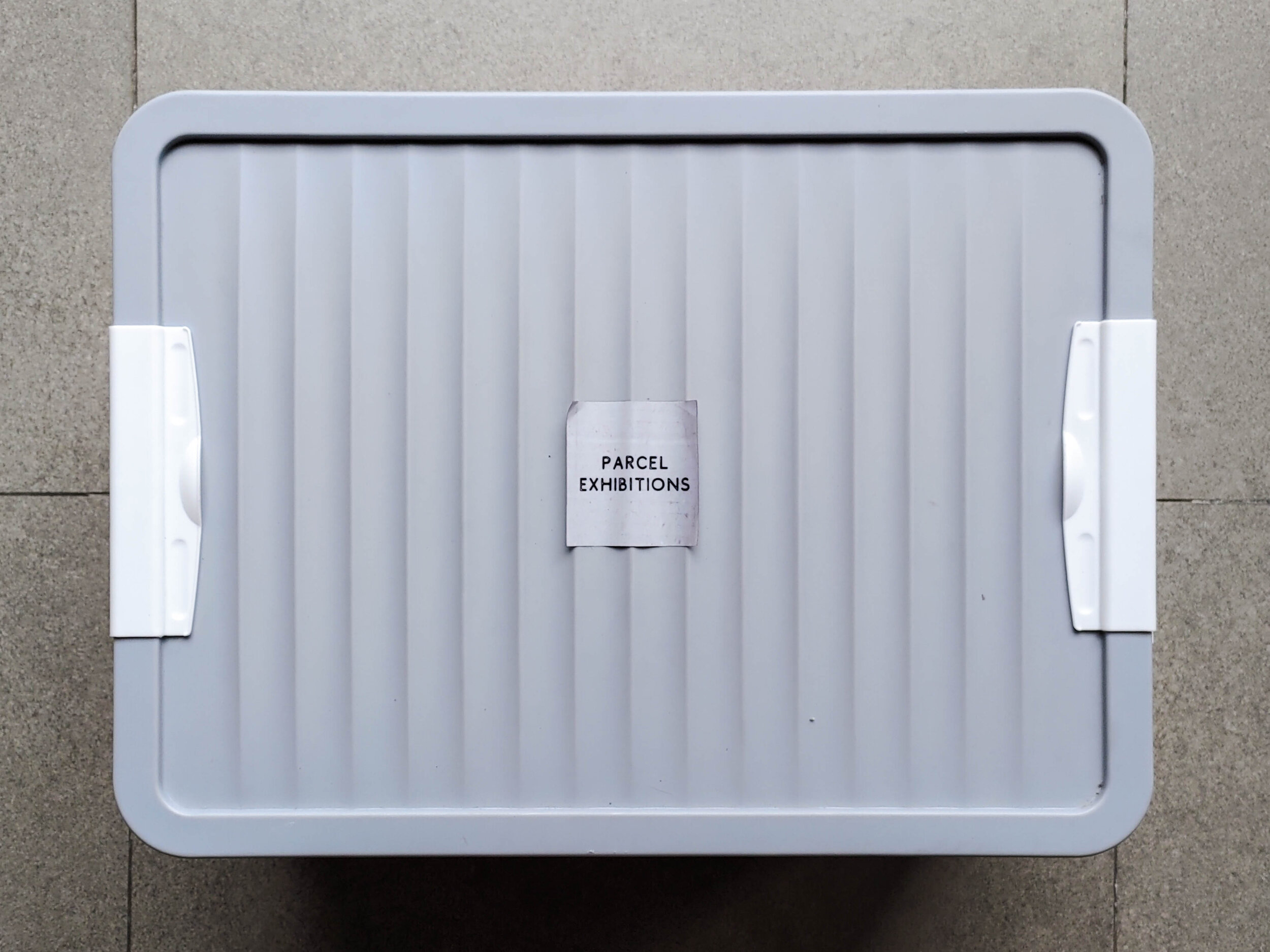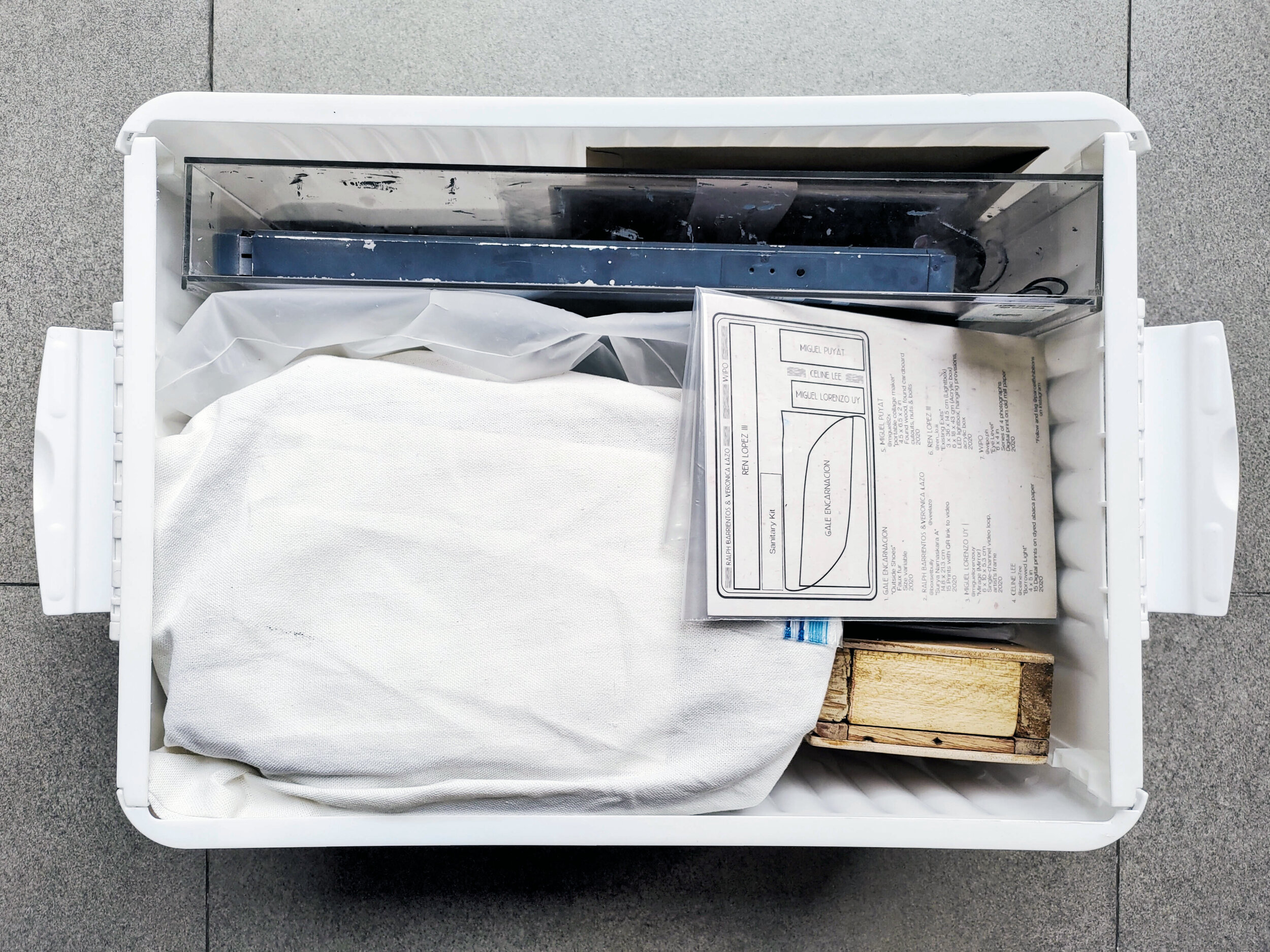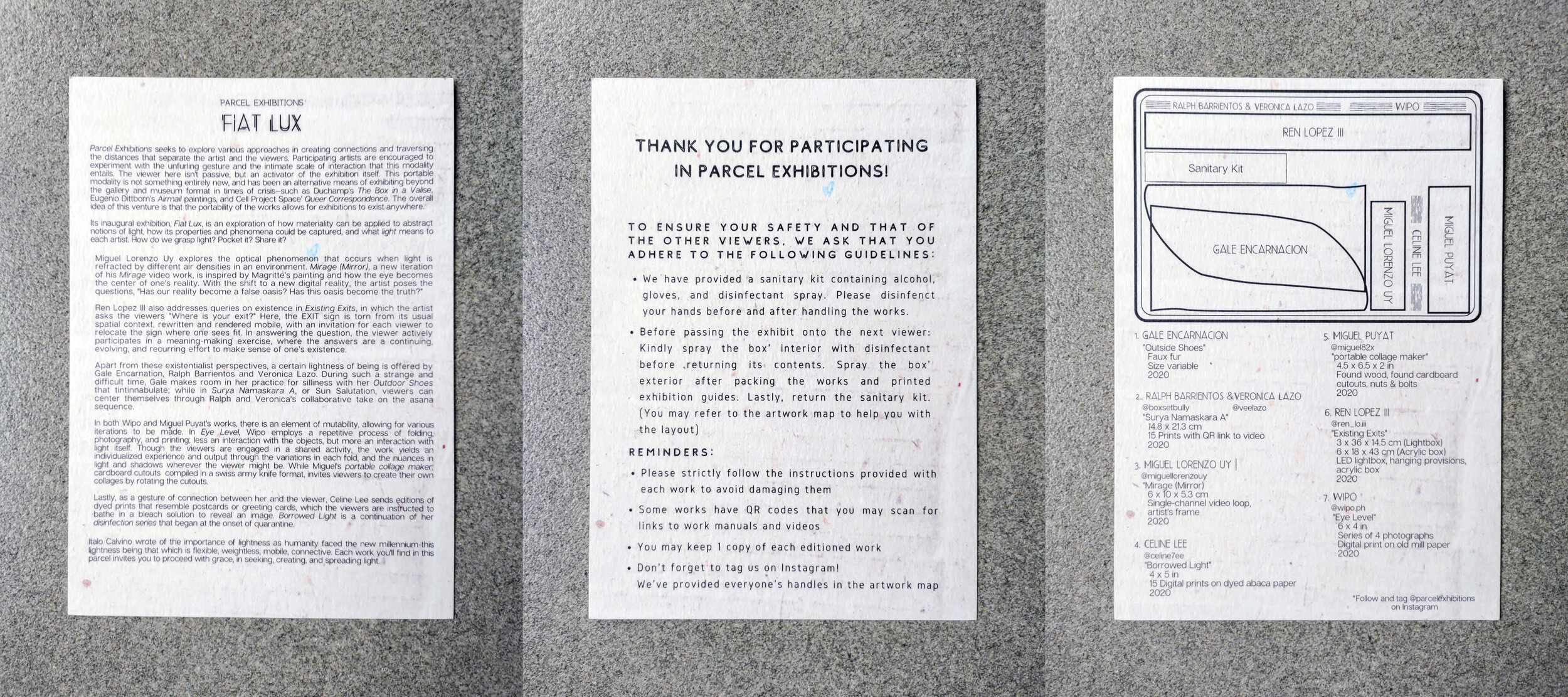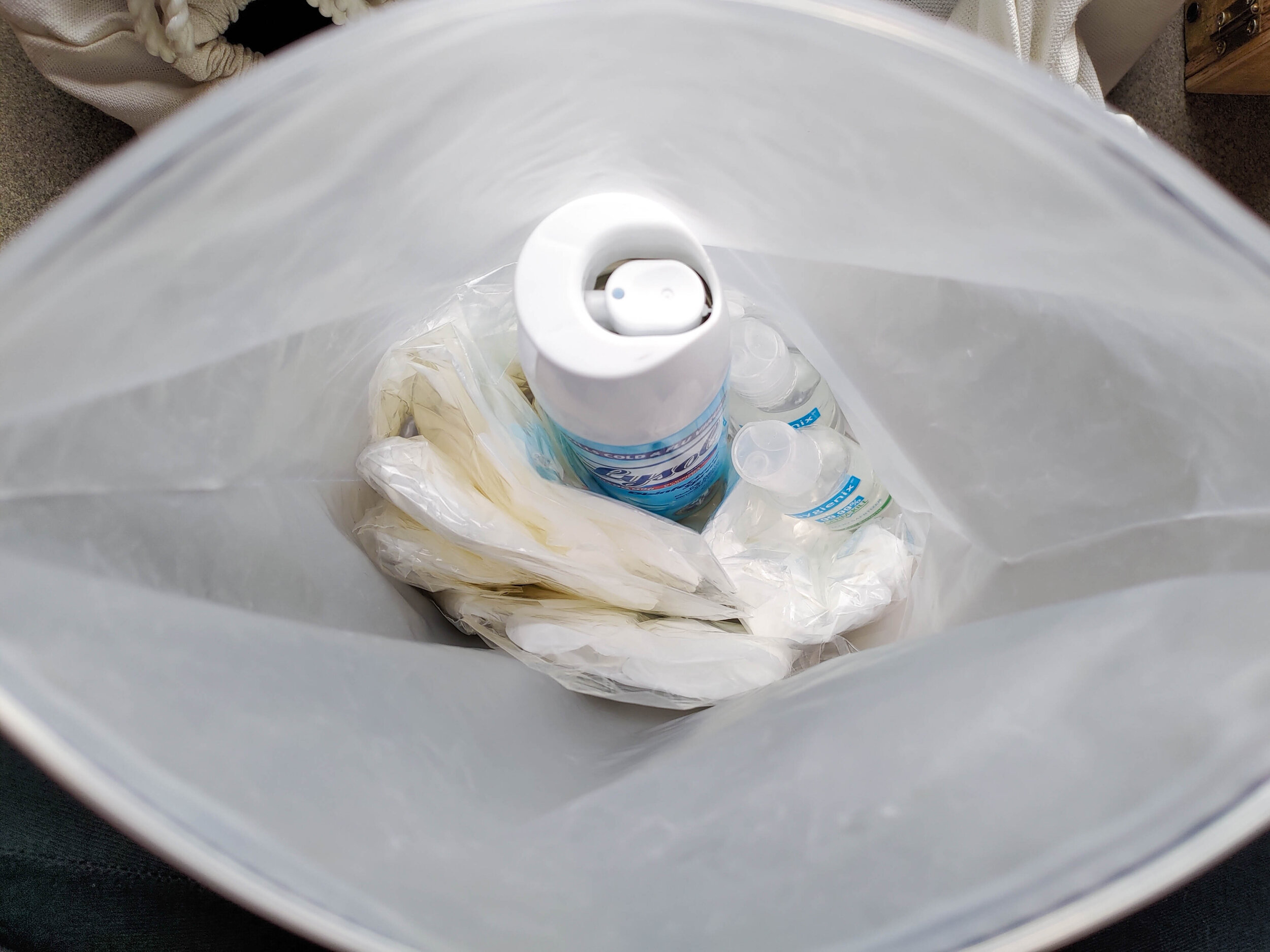Manila: PAM QUINTO 'Fiat Lux'

SP Global just got bigger! We’re delighted to welcome She Performs’ new Manila correspondent, Camille Ignacio. In her first piece for She Performs, Camille invites you to join her in viewing Pam Quinto’s inaugural Parcel Exhibition: Fiat Lux …
In my attempts to follow the news in the early months of the COVID-19 pandemic, I felt overwhelmed by the deluge of industry reports despairing the fate of cultural offerings around the world. As everything was tossed into a tizzy, the institutions of museums and art galleries were not spared: exhibitions, events, workshops, conferences, and concerts were halted indefinitely or moved to relatively restrictive online formats.
The descriptor ‘essential’ was, and still is, bandied about and made subject to strict hierarchy. The dread thus settled in as the sentiment pieced itself together and loomed over my gloomy head: how essential are exhibitions and public cultural activities in a time such as this?
In news articles and on social media, I came across debates dancing around the essentiality of arts and cultural programming in a global economic recession. The general argument was that there is no space for the arts in such a time, with some countering that without the arts and the creative minds behind them, we wouldn’t have the books, music, films, and even internet content that have helped anchor many of us throughout this ordeal. Other outlets encouraged engagement in artistic activities to stave off pandemic anxiety and depression, giving further credence to the purposes of art therapy. I could certainly appreciate how institutions both in the Philippines and abroad have leveraged their internet presence to provide accessible digitalized arts and culture content (art history cosplay, anyone?). However, I figured that some segments of the exhibition audience might seek something more tangible, stimulating, and meaningful – perhaps something that wasn’t yet another webinar.
The spaces online had become stuffed and saturated with hashtags and Zoom meeting codes. Was there no innovative medium that could provide a happy medium?
I found it on Instagram: a call for viewers for a travelling take-home exhibition. I signed up within minutes of the call being posted. My door, and my webinar calendar, was very wide open for something to look forward to in this endless loop of quarantining.
Established by artist Pam Quinto, Parcel Exhibitions is ‘an alternative exhibition modality’ involving exactly what's on the label: an art exhibition within a parcel. For a limited time between October and December 2020, the portable exhibition visited 15 homes around Metro Manila to view the inaugural curatorial project titled Fiat Lux. The parcel carries not just the art itself; it also bears the responsibility of sustaining that intimacy which comes with appreciating art, as well as substantiating the importance of keeping art and culture accessible in times of adversity, even if merely supplementary to the bigger stuff.
Knowing that the pieces for Fiat Lux were curated to encourage viewers to ‘create their own semblances’, two art world references immediately came to mind. First was Hans-Ulrich Obrist’s compendium of participatory instructions with do it - fittingly expanded for the pandemic with do it (home). Second was Luca Lo Pinto’s One, No One and One Hundred Thousand , a show at Kunsthalle Wien which allowed viewers to manipulate the gallery display in order to explore the potential of the exhibition format to, in turn, produce more exhibitions.
While waiting for my turn with the parcel, I had to consider: what about visiting exhibitions did I miss? Was it the opportunity to learn new things? The organized chaos of the gallery space? Studying the explanatory texts? Guided tours? Documenting displays? Being scolded by docents about my use of a camera in the gallery?
Interpretation, as an exhibition activity, is certainly not unique to Fiat Lux. What I felt could possibly be different about this portable exhibition format was the amount of time it affords a viewer for interaction and interpretation. It was also possible that the viewer would choose not to interpret at all but simply to enjoy the novelty of the format – just pure interaction. Very rarely do we ever get to sit down and handle exhibition objects, let alone have them at our disposal for so many days. I hadn’t yet received the parcel, but I was already seeing the beauty of Pam Quinto’s concept.
From a review of One, No One and One Hundred Thousand, Franz West is quoted as saying that ‘This is the art of today, lying down on the bed looking up into space. It doesn’t matter what the art looks like but how it’s used. The important thing is to find a place for art, not a description.’ Taking from this, I decided against wearing my Critical Museum Visitor hat (apologies, Ms. Margaret Lindauer). Just be in the moment without being rushed by fellow viewers, opening hours, and all the niceties of the traditional gallery setting. Envisioning the best possible experience, I planned to move around our home and engage a bit more creatively, unlike at exhibition spaces where I was painfully limited regardless of the depths of my imagination.
On the first day of my viewing schedule, I was informed that the parcel was ready for pick-up from the home of the previous viewer. As I don’t drive, I was at the mercy of one of the powerhouses of Manila community quarantine: ride-sharing/courier apps. I booked an item pick-up and the parcel arrived within an hour, paid for online and with minimal social distancing between the previous viewer, the driver, and myself. (The viewer after me opted to fetch the parcel directly from my home.)
Receiving the parcel itself felt like receiving a care package from a friend. The art pieces were mysterious presents accompanied by notecards of exhibition texts and instructions, all aglow with the anticipation of unwrapping and admiration. But as heartwarming as that felt, the provided kit containing disinfectants and clinical gloves proved to be a stark reminder of why I was receiving these “presents” in our home in the first place rather than viewing them in a gallery setting.
Substituting gallery protocol with a disinfection regimen and glove donning, I engaged with the seven works over the course of three days.
Mirage (Mirror), Miguel Lorenzo Uy
Mirage (Mirror) by Miguel Lorenzo Uy is an electronic piece requiring a power source. Situating myself in our backyard, I connected it to a powerbank and sat eye-to-eye with the video installation. Pleasantly relaxed, I let the floating pupil-orb take me to a near-meditative state during which I looked back on how I spent the last few years and looked forward to how I might be able to make the next few better. The whimsical Outside Shoes by Gale Encarnacion, looking much like a pair a Dr. Seuss character would wear on a particularly stylish day, allowed me to dabble in stop-motion animation for the first time. The semblance of Eye Level by Wipo that I produced involved finding spots in our home where the prints were least perceptible. The photographs thus turned into camouflage, evading the level of the eye.
Borrowed Light by Celine Lee requires the viewer to develop the black-dye print in a bleach solution to reveal a full moon. I enjoyed the sense of structure to this activity, measuring volume, time, and motion to produce memories. I also delighted in the packaging of the print – envelopes were addressed to each viewer, reinforcing my feeling that the parcel exhibition came bearing gifts.
Existing Exits, Ren Lopez III
While Borrowed Light was developing in its bath, I took the time to practice Surya Namaskar. The piece by Ralph Barrientos and Veronica Lazo comes as a postcard which the viewer can keep and serves as a convenient yoga guide. As I saluted the sun, I had to laugh when I realized that no gallery, no matter how radical, would allow me to flail my limbs about with a tub of bleach solution nearby.
portable collage maker by Miguel Puyat was the work I anticipated the most, such that I purchased materials to make a whole crafting activity out of my time with the artwork. On top of using the collage maker and taking snapshots, my 6-year-old nephew and I created multiple collages and recreated them with construction paper.
Existing Exits by Ren Lopez III gave me the deepest introspective experience of the entire exhibition. Given that this pandemic has shuttered many of us out of the sense of normalcy we are accustomed to, I felt the play on words with “exit” and “exist” to be somewhat distressing. The artist asks, “Where is your exit?”; I answer defensively, “What if my exit doesn’t exist here?” Then it occurs to me that if this emergency apparatus could be granted mobility, surely so can my existence.
portable collage maker, Miguel Puyat
“Creativity can happen everywhere and there are, in that sense, no thresholds with art. Art can appear where we expect it least. Exhibitions can happen in unexpected places.”
So, my takeaway after a year of being under lockdown by necessity and feeling like all that’s left are dead ends: the exits are never fully sealed; it is my choice to let the light in.
With her second Parcel Exhibition - Neither Here Nor There - opening in mid-February 2021, Pam Quinto and her curatorial ideals regarding the essentiality of making art unexpectedly available seem to be in esteemed company.
More information about the works featured in Fiat Lux is available on Pam’s website.
All images courtesy of the author unless otherwise stated.
Camille Ignacio is a freelance cultural manager and researcher from Quezon City, Phillippines, and is currently struggling to learn German.






















